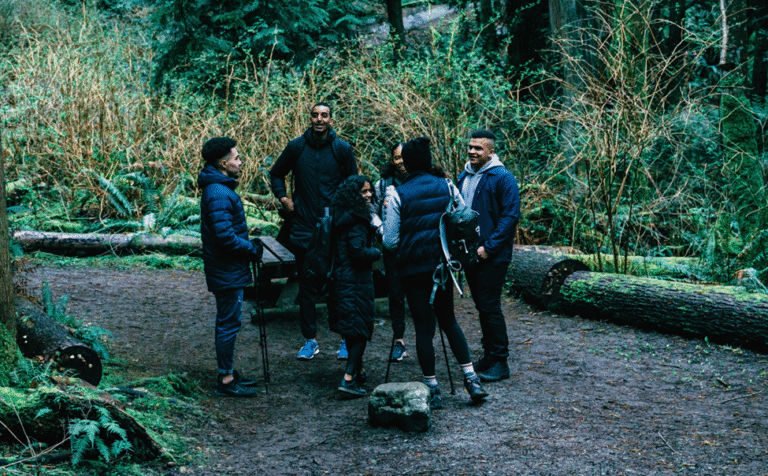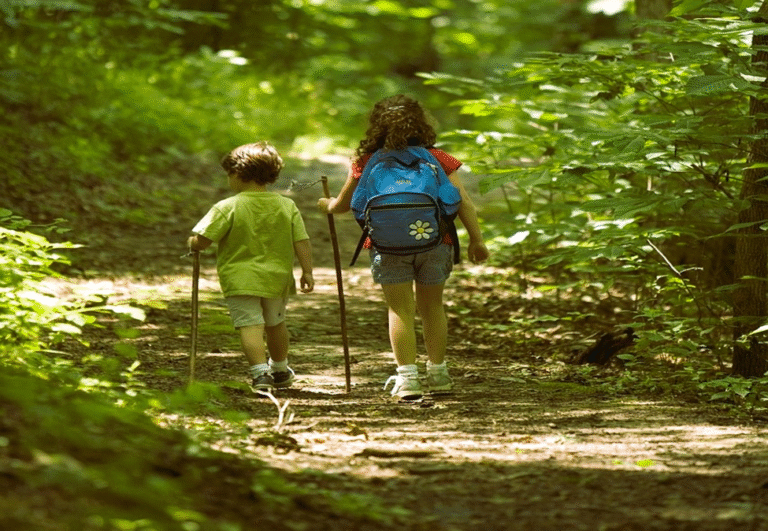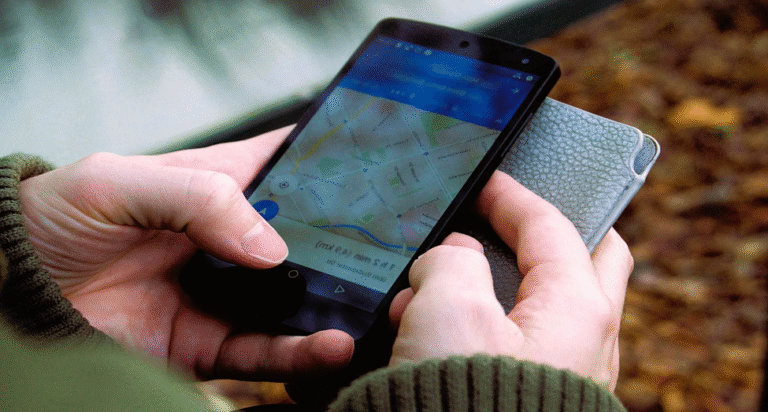
Taking care of hiking gear is essential. In fact, It helps your gear last longer and perform well. Moreover, the right care keeps you safe and easy on the trail. Here is a guide on how to care for hiking gear.
1. Backpacks
Your backpack is a valuable piece of gear while hiking. After all, It carries everything you need on the trail. Keeping it clean and in good shape is key.
Cleaning Your Backpack
Dust, mud, and sweat all collect on backpacks. To begin with, empty your bag completely before cleaning. Next, use a gentle brush to eliminate any dirt. Spots should be cleaned with a moderate soap and water solution. However, avoid using harsh cleaners, as they can damage the material. Instead hand wash the backpack to ensure it is totally clean. Rinse thoroughly and let air dry.
Storing Your Backpack
When you’re not using, store your backpack in a dry place. Avoid hanging it by the bands. Instead, lay it flat or hang it by a loop. Furthermore, never store your backpack when it’s wet, as this can lead to fungus. Overall, this is an important part of how to care for hiking gear.
2. Boots and Shoes

Hiking boots and shoes are the perfect additions for your feet while hiking. Keeping them in good condition is key for both comfort and safety.
Cleaning Your Boots
After each hike, clean your footwear to remove filth. Use a firm brush to clean the soles and external surface. Clean the insoles and laces separately. Water can harm leather boots; instead, use a leather cleaning solution. Stuff and synthetic boots can be cleaned by using moderate soap and water. Avoid using warm water, as it may undo glues.
Drying Your Boots
Never dry your boots in direct heat, such as a fire or a warmer. This may cause them to crack or deform. Allow them to dry in a natural fresh air. Stuffing them with newspaper will help absorb moisture and accelerate the drying process.
Storing Your Boots
Store your boots in a cool, dry place. Make sure they are totally dry before storing to prevent mold. Pad them with papers to maintain their shape. This is another tip for how to care for hiking gear.
3. Sleeping Bags

A sleeping bag keeps you warm and relaxed at night. Proper care will ensure it stays cozy and durable.
Cleaning Your Sleeping Bag
Cleaning a sleeping bag too often can shorten its life. Instead, use a sleeping bag liner to avoid direct touch. When it comes time to clean, hand wash or use a front-loading washing machine with mild soap. Avoid fabric softeners since they might degrade insulation. Always adhere to the manufacturer’s cleaning directions.
Drying Your Sleeping Bag
Dry your sleeping bag in a large dryer on a low heat setting. Add a few tennis balls to help fluff the insulation. Make sure it’s completely dry before storing it.
Storing Your Sleeping Bag
Never store sleeping bag compressed in a gear bag. This can damage the insulation over time. Instead, store it loosely in a large mesh bag or hang it in a closet. These steps are vital to care for hiking gear.
4. Tents

A tent is your shelter on the trail while hiking. Proper care helps it stay waterproof and durable.
Cleaning Your Tent
After each tour, make sure to clean dirt and debris from tent. If it is dirty, wipe it down with a sponge, a little mild soap, and water. However, avoid harsh cleaners, as they can damage the stuff. Rinse well and let it air dry fully.
Waterproofing Your Tent
Over time, the water-resistant covering on a tent can wear off. If your tent starts to leak, reapply a waterproofing treatment. You can find waterproof sprays designed specifically for tents.
Storing Your Tent
Store your tent in a cool, dry location. Avoid storing it in a gear bag for long durations. This might damage the cloth and lead to mold growth. Instead, keep it in a large bag or hang it up. This is a simple wat to care for hiking gear.
5. Clothing
Hiking apparel requires special care to retain its performance. Learn how to care for hiking gear when it comes to your clothing.
Base Layers
Base layers are often constructed of wool or synthetic materials. To begin with, wash them in cool water with a light detergent. Avoid fabric softeners, which might limit breathability. Hang them or use a low-heat setting in the dryer to dry.
Outer Layers
Jackets and rain gear must remain waterproof and breathable. Therefore, wash them with a cleaner specialized for technical textiles. In addition, reapply waterproof treatment as needed. To prevent fabric damage, air dry or use a low heat setting.
Socks and gloves.
Wash socks and gloves in cool water with a light detergent. Fabric softeners should be avoided since they can degrade insulating performance. Let them to air dry to avoid shrinkage.
6. Hydration Systems

Hydration devices, such water bladders and bottles, need to be cleaned on a regular basis. Not only does this prevents mold formation and keeps the water fresh.
Cleaning the Hydration Bladder
After each usage, rinse the bladder to eliminate any remainder. For a more thorough cleaning, combine warm water with baking soda or lemon juice. Additionally, scrub the interior with a brush if possible. Finally, rinse thoroughly and allow to air dry.
Cleaning Water Bottles.
Water bottles are easy to clean. To begin with, simply clean them with soap and warm water. However, if they smell, dip them in baking soda solution. Afterward, rinse thoroughly and let them dry.
Storing Hydration Systems
When not in use, keep hydration systems in a cold, dry place. Keep the bladder open to promote airflow and avoid mold growth.
7. Trekking Poles

Trekking poles help with stability and reduce stress. Proper care keeps them functional.
Cleaning Your Trekking Poles
After each hike, wipe down your poles with a damp cloth. Additionally, if they are adjustable, open them and remove any dirt inside. On the other hand, avoid using chemicals, as they can damage the material.
Storing Your Trekking Poles
First, store your trekking poles in a dry place. Next, make sure poles are completely collapsed to save space. additionally, avoid leaving them in hot or humid areas, as this can fade the materials. Ultimately, these tips help you care for hiking gear effectively.
8. First Aid Kit and Tools

First-aid supplies and tools are essential for safety while hiking. Being prepared can make a difference in an emergency.
Restocking your first-aid kit.
Check your first-aid kit on a regular basis. Replace any products that have expired. Before any hiking tour, make sure that all supplies are in good condition.
Cleaning Tools
After each walk, clean up any tools like knives and multitools. First, clean them with a light sanitizer and allow to dry completely. Furthermore, to prevent deterioration, keep them somewhere dry. Overall, these are part of essential steps to care for hiking gear.

Taking time to care for hiking gear does not have to be complicated. In fact, with a little work, you can keep everything in good shape. As a result, this guarantees that your equipment lasts and works properly. Finally, enjoy your next journey knowing that your gear is ready!
FAQ’s
How often should I clean my hiking gear?
What’s the best way to clean a hiking backpack?
How do I prevent my hiking boots from smelling?
Can I machine-wash my sleeping bag?
How should I store my hiking gear when not in use?






